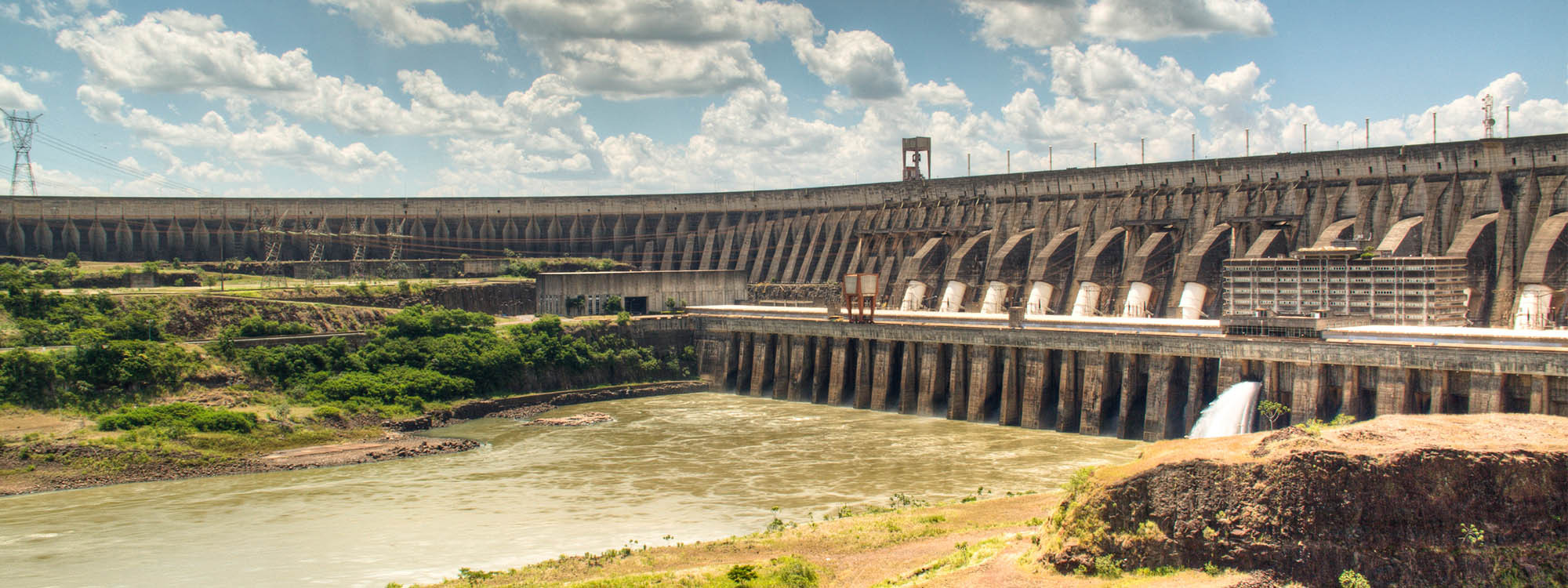Earlier this year, Manitoba Hydro’s High Voltage Test Facility (HVTF) performed visual Corona and RIV (Radio Influence Voltage) Testing to help SEFCOR verify that their substation hardware is corona-free at operating levels. Located in Griffin, GA, SEFCOR specializes in the design and fabrication of substation power connectors.
Visual corona and RIV Testing are one of the HVTF’s areas of specialty. These tests are performed to determine the maximum conductor surface voltage gradient in kV/cm, where transmission line and substation hardware is free from corona discharge and not a source of RIV.
For this project specifically, a total of 15 substation hardware components were tested.
“The turnaround time on the scope of work was very reasonable, and the testing and reports were completed for review in a timely fashion. Two of us from SEFCOR visited during part of the testing, and the staff was happy to share their knowledge of the test procedures and what we should expect”
— Mark Miller, VP & General Manager, SEFCOR
All tests were performed according to ANSI/NEMA CC-1 standard for Electric Power Connection for Substations.
The RIV intensity is directly correlated to discharge phenomenon. To perform these tests, the critical test voltage is calculated based on:
- System voltage and number of phases;
- Bus conductor size;
- Phase spacing and conductor height.
5 reasons why Corona/RIV Testing is Critical
1. Minimize Impacts on transmission and substation hardware
Radio interference and influence voltage are used to evaluate hardware corona discharge and its impacts on interference with communication circuits, so as to minimize the impacts of transmission and substation hardware on the communication systems.
2. Electrical equipment needs to sustain specific voltages
Equipment is designed to sustain specific voltages to ensure it can operate without impact to the system caused by discharge phenomenon that lead to temperature rise or faults for example.
3. Prevent audible noise, Electromagnetic Interference (EMI), and power loss
Energy grids need to be operated with as little environmental impact as possible. Not only to promote the effective delivery of power but also prevent power losses that arise from discharge phenomenon. As such, it is essential to minimize electromagnetic fields (EMF) around substations and transmission lines to tolerable levels.
4. Prevent equipment damage
It is no surprise that the electric grid can be highly fragile and with increased demands on reliability it is essential to prevent equipment from becoming susceptible to interference and minimize impact on operations.
5. Save Time and Money
Ultimately, performing Corona and RIV Testing on equipment before it goes into service will save utilities time and money in the future, by minimizing losses and reducing environmental impact.
About Us
In partnership with Manitoba Hydro’s High Voltage Test Facility, Manitoba Hydro International Ltd. provides commercial testing services for a wide variety of high voltage electrical equipment. All testing is performed at Manitoba Hydro’s leading-edge facility, where services are tailored to meet each customer’s specialized needs in accordance with IEEE, ANSI, IEC, and CSA standards.
Contact us today to discuss your testing requirements: hvts@mhi.ca


